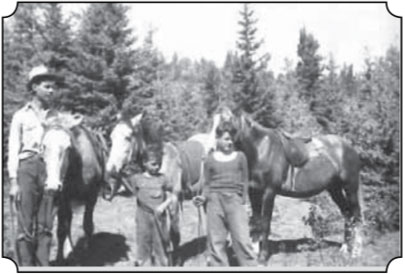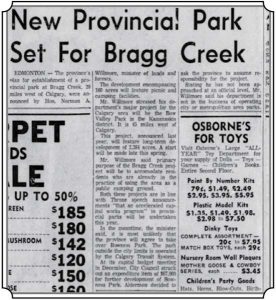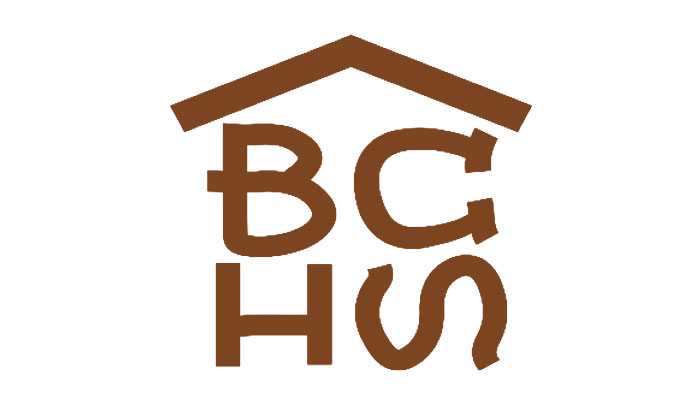The Provincial Park’s Bird Tales – Part 2
Our last story introduced the Birds, F.G. and Maizie, who, along with their three sons S. Frederick, Ian, and Phil, developed recreational property on what we know today as the Provincial Park. The Birds negotiated a 25-year lease with the provincial government in the early thirties with full rights to erect cabins and infrastructure for recreational use. With a lot of ingenuity, the 40 acres of land hosted a full spread of amenities and included a cabin, permanent outdoor kitchen, a log bridge, cold cellar, half a mile of fence, and Maizie’s own teepee….

What is evident from the Bird account is their affinity for the land and its people. Locals supported their projects; the Bird boys became fast friends with their neighbours. Known for her abounding energy, mother Maizie Bird seemed particularly at peace with the pioneering experience. Because the property was on the southern route to the Stoney Nakoda First Nations, the Birds became well acquainted with families, including the Enoch Baptistes and Jacob Two Young Men, who camped with them on their way through. Asher son S. Frederick recalled, Maizie was fascinated with the teepee made by Mrs. Baptiste using skins and rawhide, so asked for instructions.
“She drew an outline of the layout of the skins, how to construct the wind flaps, the door opening and the rain cap. This was all done with a stick in the dirt. Mother copied this onto paper and made copious notes of all the instruction given to her in the Indian dialect. That winter she purchased yards of unbleached sheeting, which was washed and shrunk before the pattern was cut. After the sewing was finished the material was waterproofed using isinglass (paste made from fish guts used for specialized gluing purposes), the recipe for which we still have in Dad’s old recipe file. In the spring we cut the poles required, de-barked them, and let them dry. That summer we erected the tripod, placed the other poles in place, raised the teepee on its pole, placed the poles in the wind flaps, and gloried in mother’s accomplishment. She waited impatiently for the Indians’ return. When they arrived, Mrs. Baptiste took a long look, circled the teepee, went inside and then to Dad made her pronouncement ‘Your squaw too good!’ Mother’s day was made, and for years after that she was known by the Stoney and the Sarcee as the white squaw who made teepee.”

World War II is blamed for the culmination of the Birds’ time in Bragg Creek, and at the end of it, F.G. gave the property rights to friend Ivone St. George Burn. This family spent over ten years on the lease (Miscellaneous Lease #637) but relinquished it by 1960 to permit the July opening of the Bragg Creek Provincial Park. His son, Ian Burn, remembers: “He (Dad) received $1000 to offset the improvements to the land that included … a two-room log cabin, a shelter with a tin roof, a cement cooking fireplace, sanitary facilities as well as fencing along the west, south and east boundaries. We have many, many happy memories of our time in Bragg Creek.” And happy memories are made today, where the Park annually hosts thousands of visitors who picnic and play on the banks of the Elbow.
Michele McDonald (BCHS)
Sources: Our Foothills Manitoba: Freisen. 1975; Bird, Frederick S. Memoirs & Bird Tales, USA. Copyright 2013 by Deirdre Kramer. Adapted with permission; Edmonton, Calgary Herald, February 12, 1960; Burn, Ian: Interview April 2017.


























